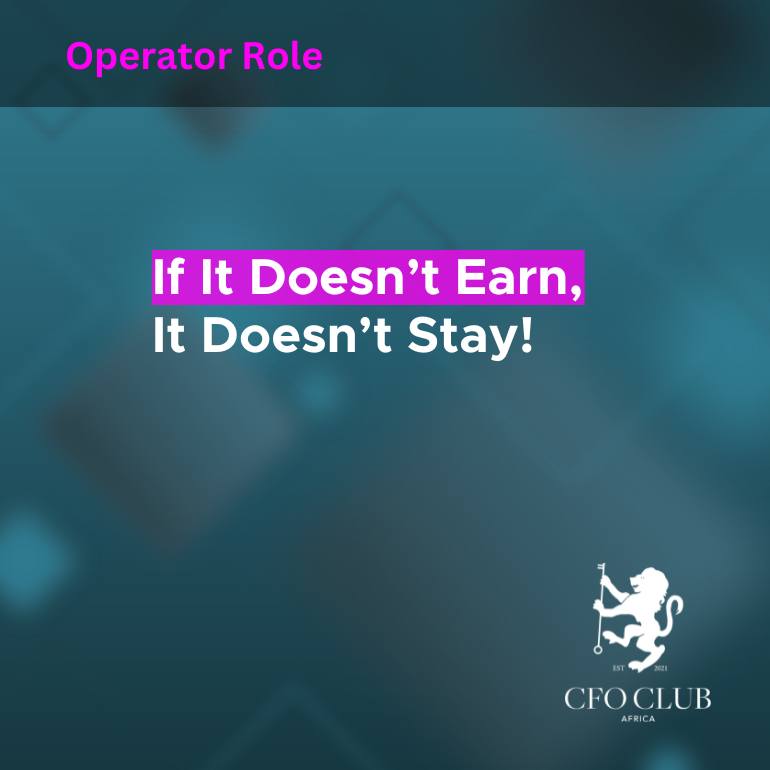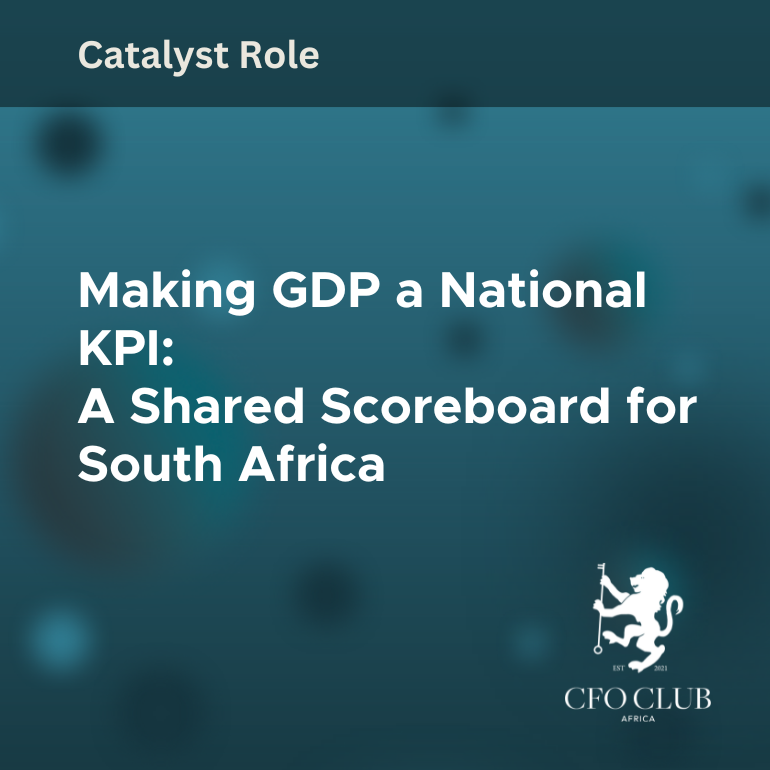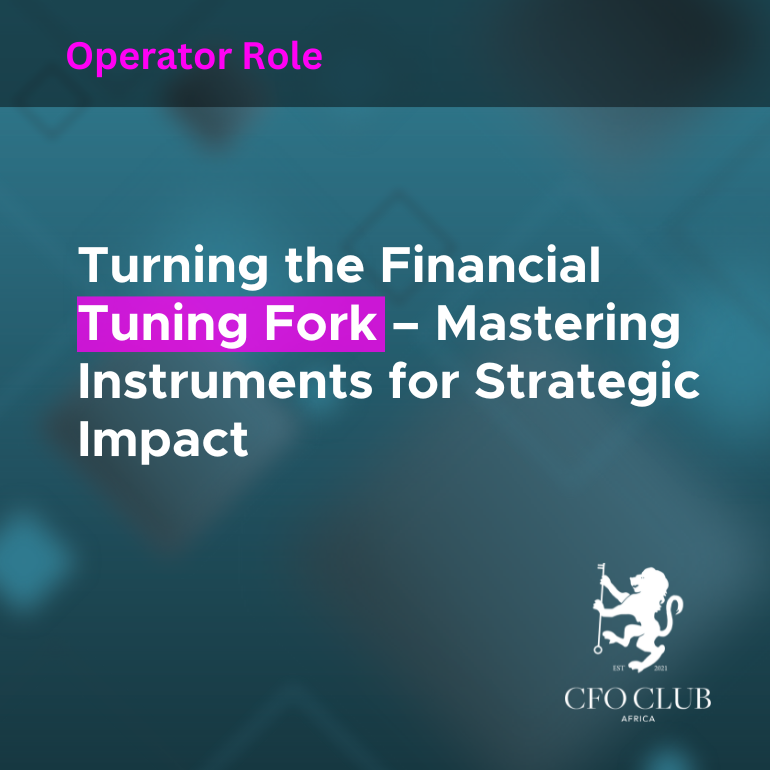If It Doesn’t Earn, It Doesn’t Stay!
If It Doesn’t Earn, It Doesn’t Stay!
There is no shortage of new ideas in business. Teams love a pilot, executives love innovation, and everyone loves the promise of “the next big thing.” But when those ideas turn into cost-heavy, low-impact distractions, it becomes the CFO’s job to draw the line.
Vanity projects do not usually start with bad intentions. They begin with enthusiasm, often wrapped in phrases like “strategic repositioning,” “future-proofing the business,” or “creating competitive differentiation.” On paper, the idea may sound smart. But when there is no return, no clarity, and no realistic path to implementation, it quickly turns into a distraction the business cannot afford.
CFOs are expected to drive growth, but they also have a duty to protect resources. That means saying no when necessary, even if the project has political backing or initial momentum. The challenge is knowing when to pull the plug, how to do it without damaging morale, and what to put in place instead.
Spot the Vanity Project Before It Sinks Budget
The warning signs are usually there from the start. The business case is vague. The metrics for success are unclear. The budget is flexible but keeps growing. The people driving it are passionate but struggle to explain exactly how the idea aligns with core objectives.
If a project cannot answer three simple questions
- what is the commercial goal,
- what is the timeline, and
- how will success be measured,
then it is not a strategic investment. It is a vanity project.
As CFO, it is your responsibility to push for clarity early. Ask for numbers. Ask for measurable targets. Ask what will be sacrificed if this project goes ahead. When teams are forced to quantify their assumptions, the real value becomes obvious. Sometimes it holds up. Often it does not.
Follow the Money, Not the Story
Storytelling has its place in business, but financial leadership depends on evidence. That means tracking projects against financial results, not internal hype.
If a pilot project promised revenue growth but is still in “exploration mode” a year later, it is time to reassess. If a digital innovation initiative is consuming budget but has no usable output, it must be reviewed. If a new service line is burning cash but still being sold as “an investment in brand equity,” the CFO must intervene.
The sooner you reframe the conversation around return on investment, the sooner you can steer the business back to substance.
Be Brutal With Projects, Kind With People
Killing a project is not the same as undermining a team. One of the biggest risks when shutting down an initiative is the perception that effort has been wasted. The reality is that every project, successful or not, provides insight.
When you say no, frame the decision around data, not emotion. Acknowledge the effort. Recognise what was learned. But be clear about why the business cannot afford to keep investing in initiatives that do not deliver measurable value.
This keeps morale intact while protecting performance.
Make Saying No a Culture, Not a Crisis
The best organisations do not kill vanity projects reactively. They build governance structures that prevent them from going too far in the first place. That means applying the same scrutiny to internal innovation as you would to external investments.
Require business cases with proper financial modelling. Set review points at key stages. Limit experimentation budgets unless tied to specific commercial outcomes. Most importantly, create a culture where pulling the plug is seen as a responsible decision and not a failure.
When people know that ideas are welcomed but must earn their keep, they get sharper. They think commercially. And they waste less of the business’s time and money.
Refocus Resources Where It Counts
Every rand spent on a vanity project is a rand not spent on the core business. The opportunity cost is real.
As CFO, you have a clear view of where the business earns and loses money. Use that visibility to redirect resources into high-impact areas. Fund the projects that are scalable, aligned to customer needs, and capable of contributing to profitability within a reasonable period.
Saying no to the wrong things makes room to say yes to what really matters.
Where to Draw the Line
CFOs do not exist to protect the past or kill enthusiasm. They exist to make sure capital is deployed in a way that delivers value. In a business world filled with trends, buzzwords, and pet projects, that role is more important than ever.
So if something sounds good but does not add up, question it. If something started strong but is now just lingering, shut it down. If your gut says the project is about visibility, not viability, trust the data.
Leadership is not always about backing the next big idea. Sometimes, it is about knowing when to walk away from one.





